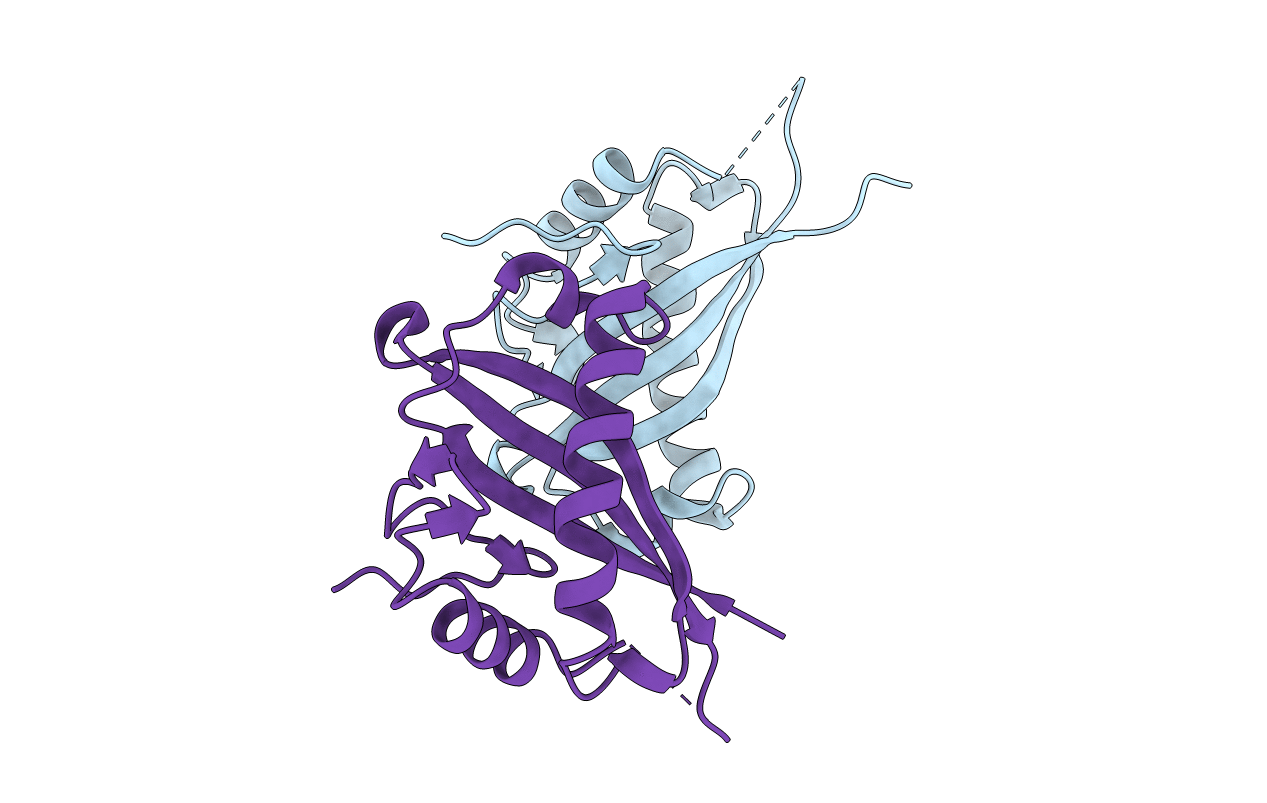
Deposition Date
2021-09-22
Release Date
2022-03-23
Last Version Date
2024-11-13
Method Details:
Experimental Method:
Resolution:
1.69 Å
R-Value Free:
0.21
R-Value Work:
0.20
R-Value Observed:
0.20
Space Group:
C 1 2 1


